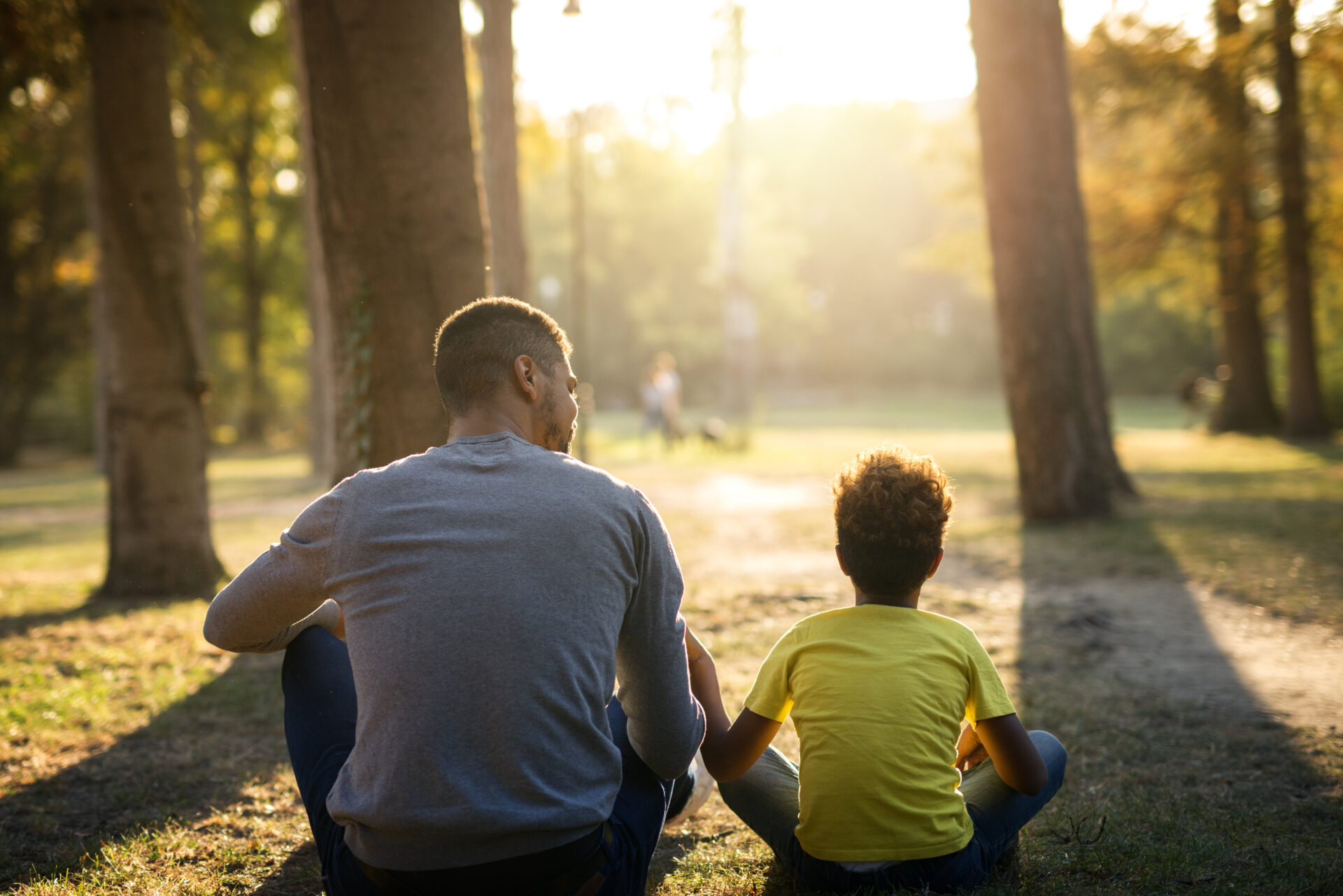
Having healthy relationships is an important part of life and has a significant impact on our health and well-being. Healthy relationships can reduce stress and anxiety, provide space to feel like you belong, and be a source of love and support. We talked with Lauren Doane, LCSW, Family Therapist, about aspects of healthy relationships and how we can build those kinds of relationships with our children, partners, friends, and colleagues.
At the core of every healthy relationship is understanding each other’s expectations, setting boundaries, identifying emotions, empathy, and showing support. Unfortunately, others cannot read our minds, so directly sharing what you need is more effective. “I often see individuals who are having an issue with their partner or a friend because they do not have clear expectations of each other’s roles. Identifying those expectations and roles for oneself and for the person you’re engaging with is a first key element,” said Lauren.
Boundaries
Establishing boundaries depends on your relationship or setting. Your comfort and trust level with the person will inform your physical, emotional, financial, or other boundaries. “It can be very helpful to ask someone if you can talk about something that’s bothering you before you jump into venting. It can feel a little strange at first to ask, but it shows mutual respect and ensures you can meet your own needs of talking about what is bothering you. For example, by asking a friend, “do you have the bandwidth to talk with me about something serious? And if not now, can we schedule a phone call?” said Lauren.
Lauren recommends using ‘I Statements’ when having a difficult conversation or talking about something that is bothering you. For example, ‘I feel frustrated when I come into the kitchen and I see all the cabinets are still open. It would mean a lot to me if you could close those when you are done.’ That focuses on how you feel about the behavior, not how you feel about the other person, which is a more productive way to approach that conversation than ‘you are so frustrating when you do this’. ‘I Statements’ are also a great way to teach children how to use their emotional vocabulary and identify what they are feeling in the moment. It’s helpful to revisit your boundaries with frequent conversations addressing what is working and what is not.
Identifying Emotions
For some of us, it’s difficult to identify or name our emotions. Lauren asks, ‘where are you feeling that in your body?’ with clients who are having trouble identifying what they feel. Then she will guide them to remember another time they were feeling that way to try and connect that feeling with an emotion. “With the right support, identifying emotions is a skill that can be built over time,” shared Lauren. Feelings charts and books about feelings are great for younger kids to learn how to identify emotions. “If we can’t get our bodies under control then we can’t convince our minds that we’re safe. Engaging in coping skills to get our bodies calm allows us to figure out the messy situation we’re feeling in our minds,” Lauren said.
Empathy and Understanding
Empathy, trying to understand one another and putting yourself in someone else’s shoes, is another important aspect of relationships. Part of empathy is also considering what you know about the other person and if this behavior is out of character for them. You can ask something like, ‘I’ve noticed it takes you two days to respond to a message lately. Is everything ok?’ Or ‘I’ve noticed your tone has been a little sharp when we’ve talked. Are you alright?’ Love Languages Quiz can be a very helpful tool to learn about one another, which is an important part of a healthy relationship.
Showing Support
‘What do you need’ or ‘how can I support you’ are other great phrases to use in building a healthy relationship. For our teenagers, ‘how can I best support’ you allows them to have some autonomy and decision-making and regulate their own emotions. Supporting teens in that way can be very meaningful. This is something you can start with younger kids as well. With young kids, if you have visuals for activities they enjoy during bedtime, you can ask them to point to what they need – a story, a hug, singing a song, etc. “With some of my clients we’ve created a comfort box where we use an old box with torn pieces of paper or drawings that identify different things that can help them calm their bodies, like reading with a caregiver, snuggling a stuffed animal, etc. This helps them identify their feelings, identify what they need in that moment, and communicate that to others, all vital pieces of healthy relationships,” Lauren said.
“Part of being human is we need to have our needs met. And it’s very unlikely that one person will be able to meet all of your needs. That is why it’s important to build a healthy support system,” stated Lauren.
Healthy, meaningful relationships are an important part of how Lena Pope helps children, families, and caregivers thrive. We hope these tips assist you in creating healthy relationships for yourself and teaching others in your life how to create healthy relationships.